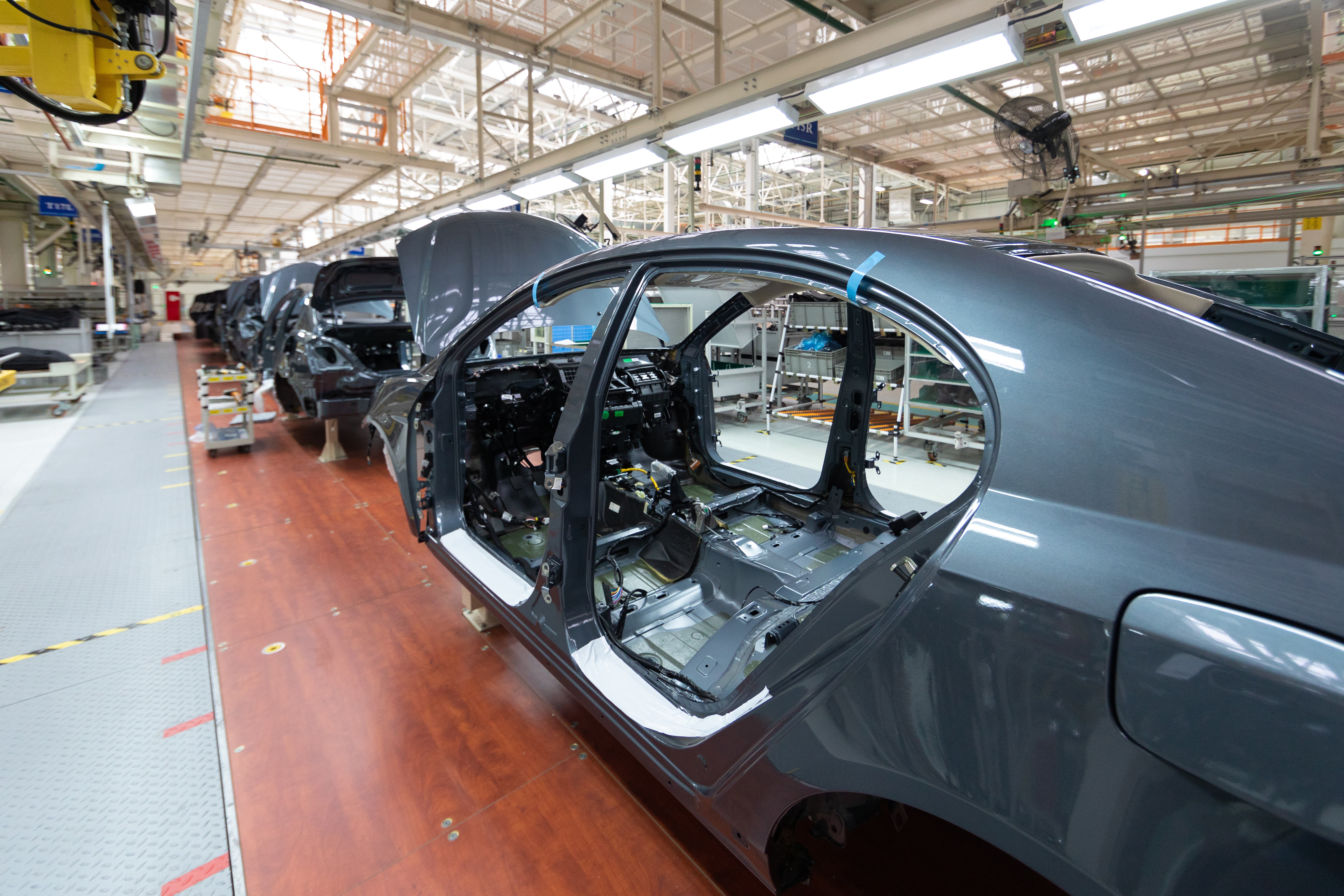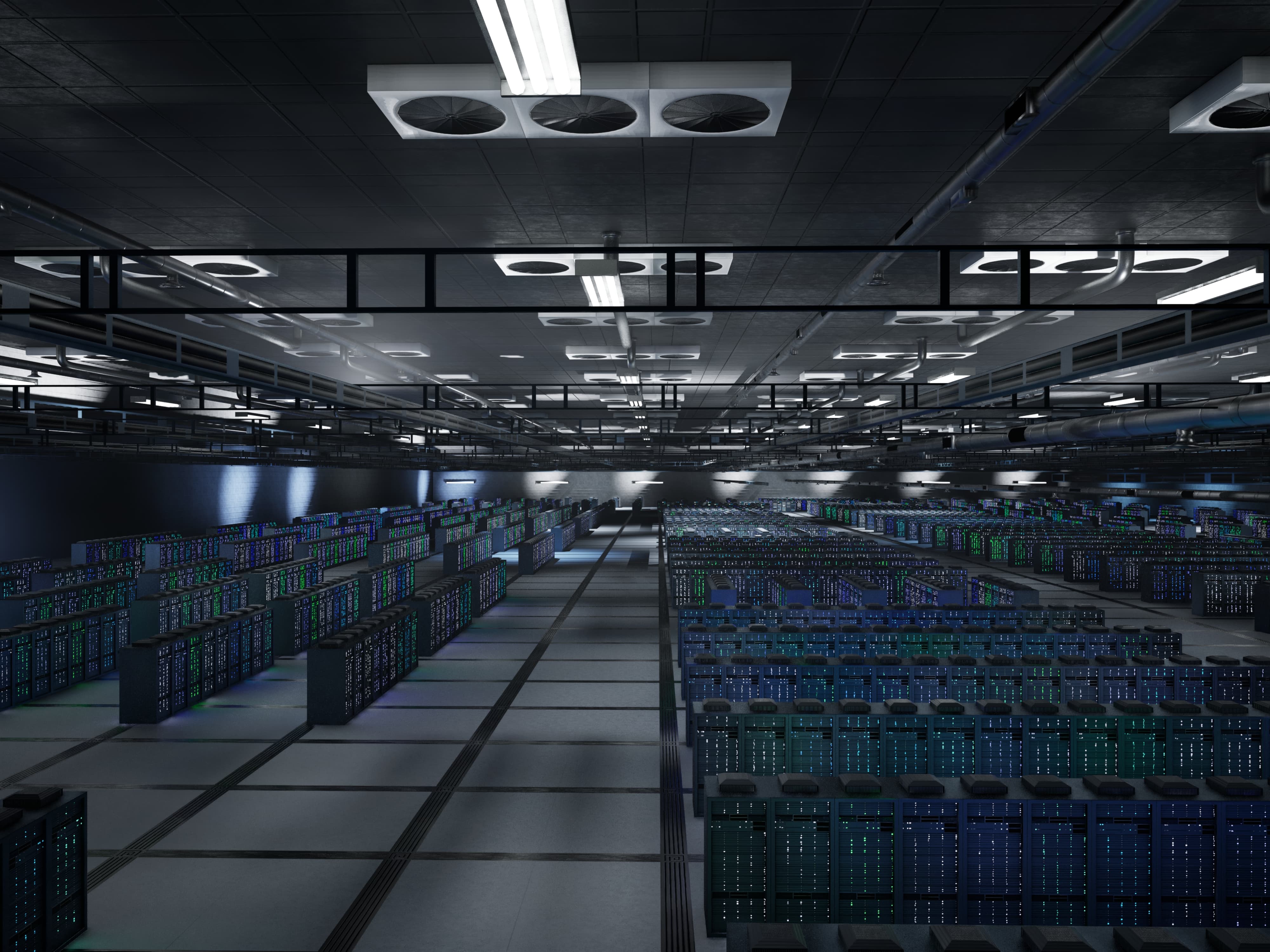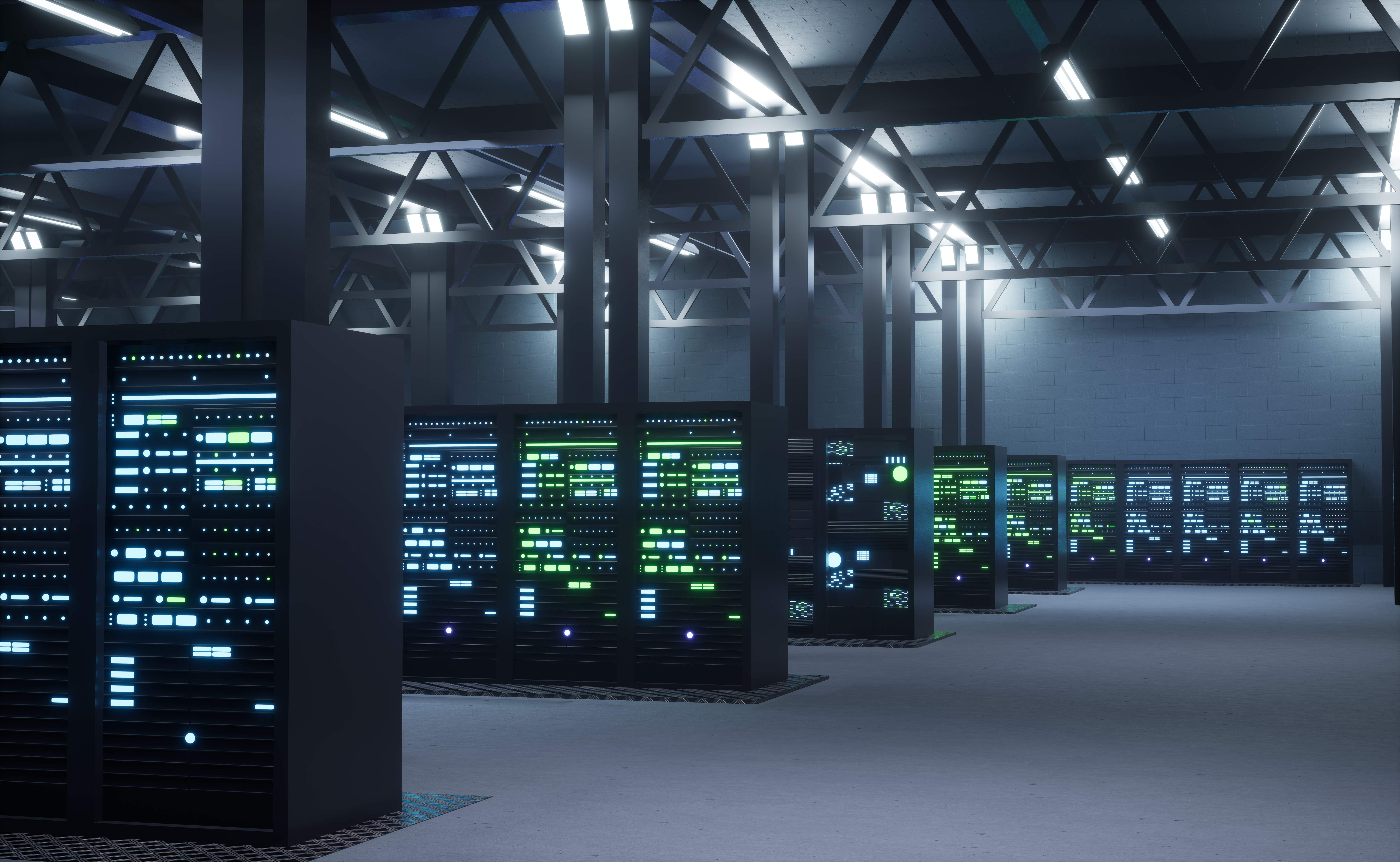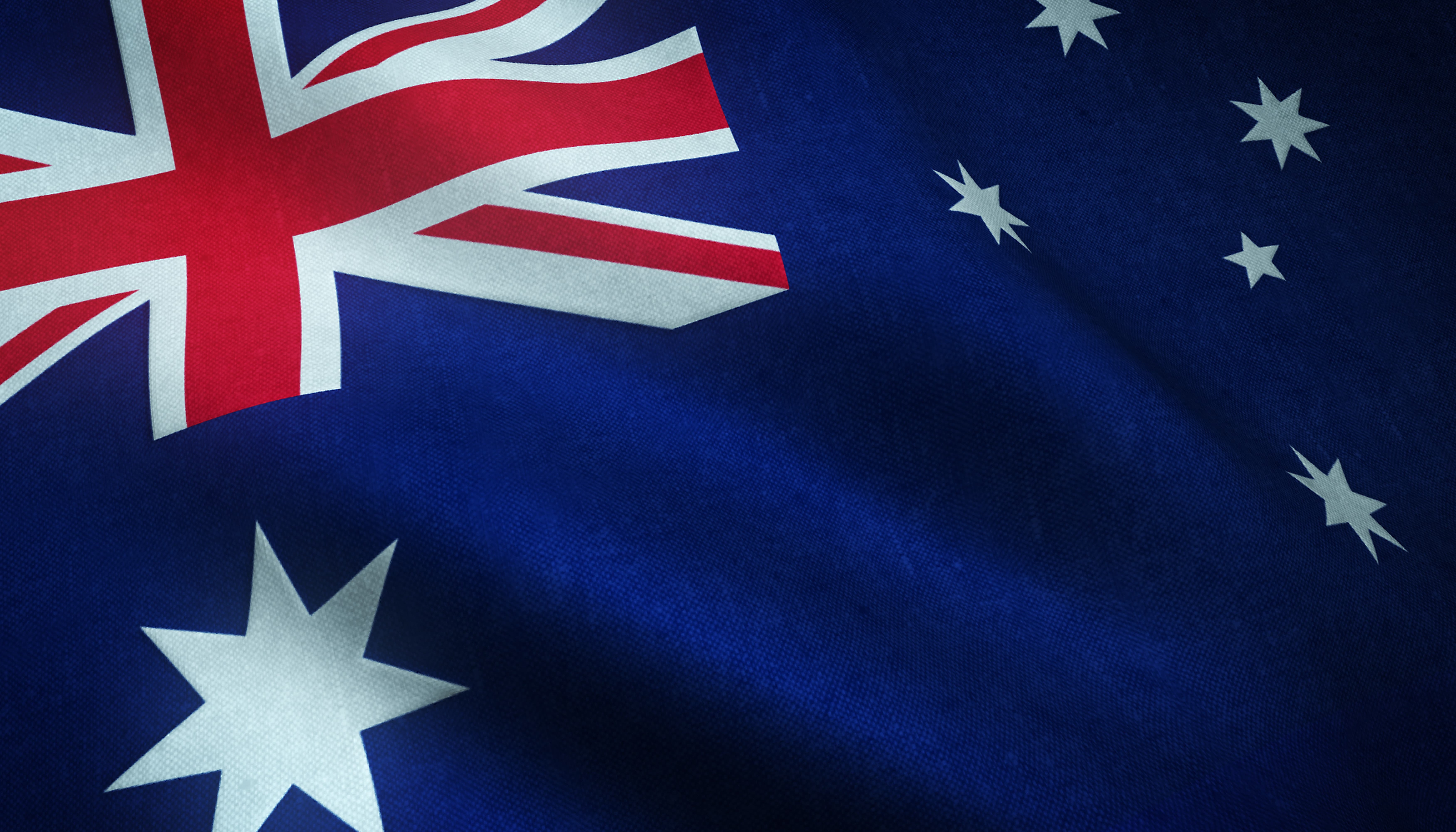Jaguar Land Rover (JLR) is recovering from a disruptive cyberattack, gradually bringing its systems back online. The company is focused on rebuilding its operations, aiming to restore confidence and momentum as key digital functions are restored.
JLR said it has boosted its IT processing capacity for invoicing to clear its payment backlog. The Global Parts Logistics Centre is also resuming full operations, restoring parts distribution to retailers.
The financial system used for processing vehicle wholesales has been restored, allowing the company to resume car sales and registration. JLR is collaborating with the UK’s NCSC and law enforcement to ensure a secure restart of operations.
Production remains suspended at JLR’s three UK factories in Halewood, Solihull, and Wolverhampton. The company typically produces around 1,000 cars a day, but staff have been instructed to stay at home since the August cyberattack.
The government is considering support packages for the company’s suppliers, some of whom are under financial pressure. A group identifying itself as Scattered Lapsus$ Hunters has claimed responsibility for the incident.
Would you like to learn more about AI, tech, and digital diplomacy? If so, ask our Diplo chatbot!










